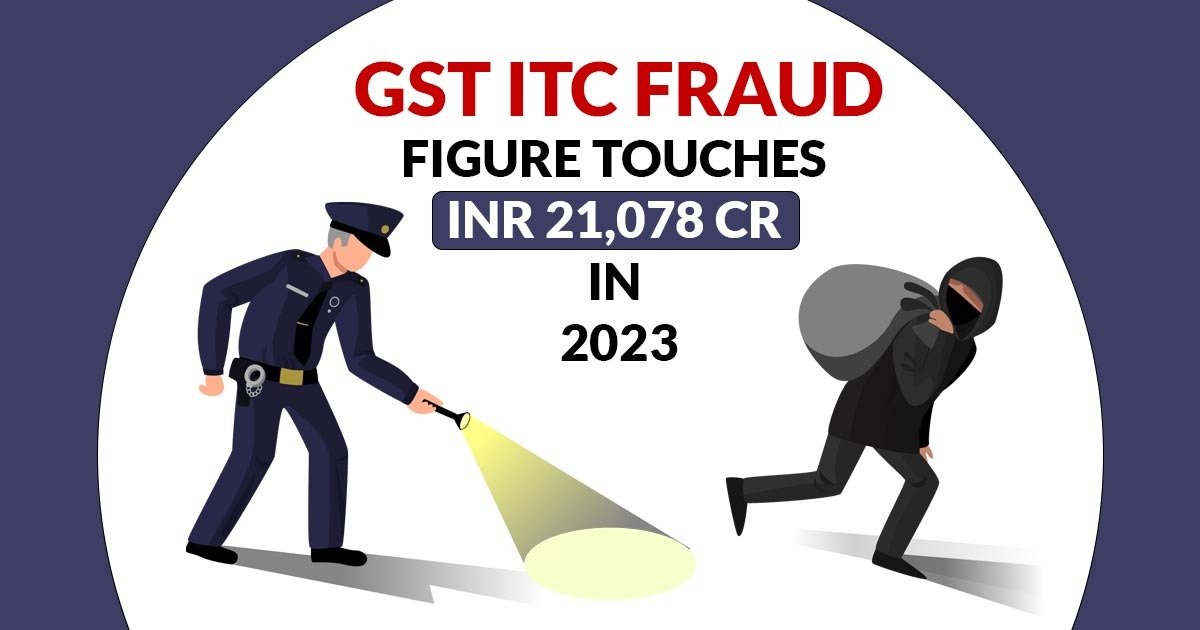Mirza, J.@mdashThis is a reference made by the District Magistrate, Poona, forwarding a report made to him by the City Magistrate, First Class, Poona, together with the record and proceedings in two cases, and recommending that the sentence passed by the President and Magistrate, First Class, Poona Bench, Section III, in the second one of these cases being Criminal Case No. 430 of 1929 may be cancelled and some other lawful sentence as this Court may deem fit be substituted therefor.
2. It appears that the accused had been previously convicted by the City Magistrate, First Class, Poona, on September 4, 1929, in the first one of these cases of an offence u/s 380 of the Indian Penal Code and released on probation of good conduct u/s 562 of the Criminal Procedure Code on his entering into a bond for Rs. 100 for one year. On December 7, 1929, the accused was convicted by the Bench Magistrate, Poona, in the second one of these cases of an offence u/s 403 of the Indian Penal Code and was again placed on probation of good conduct for a period of six months in his personal recognizance for Rs. 50. As the accused had already been placed on probation of good conduct on the earlier conviction, the sentence passed by the Bench Magistrate in the latter case is clearly illegal and must be set aside.
3. Having set aside the sentence, we have now to consider whether the accused has been properly convicted of an offence u/s 403. The First Class City Magistrate, Poona, expresses a doubt whether the accused can be said to be guilty of an offence u/s 403 for which he has been convicted. The accused pleaded guilty before the Bench Magistrates but his plea of guilty, as the First Class City Magistrate points out, is really no more than an admission of the facts that were alleged against him. The accused had stated that he had found the spanner, the subject matter of the alleged misappropriation, in the public road leading to the Poona railway station and that he had attempted to sell it. The First Class City Magistrate states in his report that the accused did not know who the owner of the spanner was, that the owner of the spanner had not been traced, that the accused had no means of discovering the owner of the spanner, and that nobody had identified the spanner. In the opinion of the First Class City Magistrate this was not a case where it could be said the accused had reasonable means of discovering and giving notice to the owner of having found the spanner. The value of the spanner is nowhere stated in the record but it could not have been of appreciable value. The case, in our opinion, seems to fall under illustration (a) of the illustrations to Section 403 of the Indian Penal Code. That illustration is :-
A finds a rupee on the high road, not knowing to whom the rupee belongs. A picks up the rupee. Here A has not committed the offence defined in this section.
4. Illustration (a), however, must be taken to be qualified by illustration (f) to the same section. Illustration (f) is:-
A finds a valuable ring, not knowing to whom it belongs, A sells it immediately without attempting to discover the owner. A is guilty of an offence under this section.
5. As the spanner .found by the accused does not appear to be of any appreciable value we are of opinion that the present case is governed by illustration (a) and not by illustration (f). In our opinion the conviction u/s 403 should not be upheld.
6. We set aside the conviction and sentence.

